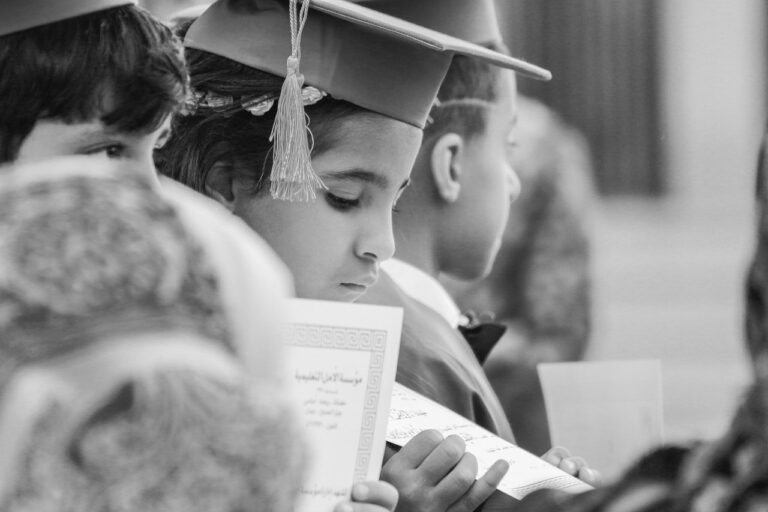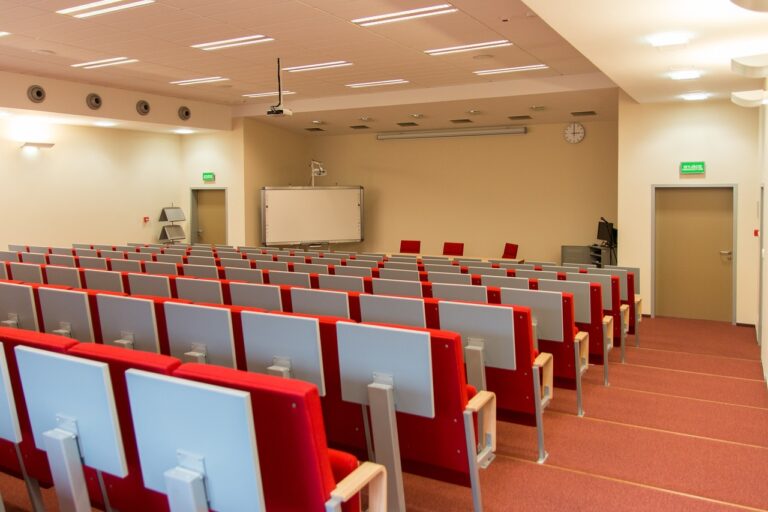Educational Rights of Marginalized Populations: Promoting Inclusivity
In today’s society, education stands as a cornerstone for individual growth and societal development. Equal access to education for all individuals, regardless of their background or circumstances, is paramount in fostering a more equitable and just world. Education has the power to break down barriers and open doors of opportunity for all, ensuring that every person has the chance to reach their full potential and contribute meaningfully to society.
When individuals are denied access to quality education, the ripple effects are far-reaching, impacting not only their personal lives but also the overall well-being of the community. Disparities in educational opportunities perpetuate social inequalities and hinder the progress of marginalized populations. By prioritizing equal access to education for everyone, we can create a more inclusive and diverse society that celebrates the richness of each individual’s unique experiences and perspectives.
Challenges Faced by Marginalized Populations in Education
Marginalized populations often face numerous obstacles when it comes to accessing quality education. Economic disparities play a significant role in limiting opportunities for many individuals from marginalized communities. Lack of financial resources can prevent students from obtaining necessary educational tools, attending enriching extracurricular activities, and accessing quality academic support. Additionally, discriminatory practices and biases within educational institutions can create an unwelcoming environment for students from marginalized backgrounds, leading to feelings of exclusion and disengagement.
Moreover, marginalized populations often lack proper representation in educational materials and curriculum, which can hinder their ability to relate to the content being taught. The lack of diverse perspectives in textbooks and teaching materials can perpetuate stereotypes and fuel feelings of alienation among marginalized students. Furthermore, language barriers and cultural differences can create additional challenges for students from marginalized populations, making it difficult for them to fully engage with their studies and reach their academic potential.
– Limited access to necessary educational tools and resources
– Inability to participate in enriching extracurricular activities
– Lack of quality academic support
– Discriminatory practices within educational institutions
– Biases that create unwelcoming environments for marginalized students
Marginalized populations also face a lack of representation in educational materials, which can make it difficult for them to connect with the content being taught. When textbooks and teaching materials do not reflect diverse perspectives, it can reinforce stereotypes and contribute to feelings of isolation among marginalized students. Additionally, language barriers and cultural differences present further obstacles for these individuals, impeding their ability to fully engage with their studies and succeed academically.
– Limited representation in educational materials and curriculum
– Reinforcement of stereotypes through lack of diverse perspectives
– Difficulty in relating to the content being taught
– Language barriers hindering academic progress
Barriers to Inclusivity in Educational Systems
In many educational systems worldwide, barriers to inclusivity persist, hindering the access and success of marginalized populations. These barriers can manifest in various forms, such as economic disparities, lack of resources, language barriers, discrimination, and inadequate support systems. As a result, students from marginalized backgrounds may face significant challenges in fully participating and excelling within the educational system.
Furthermore, the curriculum and teaching methods in many educational institutions may not cater to the diverse learning needs and backgrounds of all students. This lack of inclusivity in the educational approach can further alienate marginalized populations, making it harder for them to engage and excel academically. To address these barriers effectively, it is crucial for educational systems to adopt inclusive practices, provide equitable resources, offer tailored support, and promote a culture of diversity and acceptance within learning environments.
Why is equal access to education important for all individuals?
Equal access to education is important as it ensures that all individuals have the opportunity to reach their full potential, regardless of their background or circumstances.
What are some challenges faced by marginalized populations in education?
Marginalized populations often face obstacles such as lack of resources, discrimination, societal stereotypes, and limited access to quality education.
What are some common barriers to inclusivity in educational systems?
Some common barriers to inclusivity in educational systems include systemic discrimination, lack of diversity in curriculum, unequal funding for schools, and limited support services for marginalized students.
How can educational systems work towards becoming more inclusive?
Educational systems can work towards becoming more inclusive by implementing policies that promote diversity, providing resources to support marginalized students, and creating a curriculum that reflects the experiences of all students.







